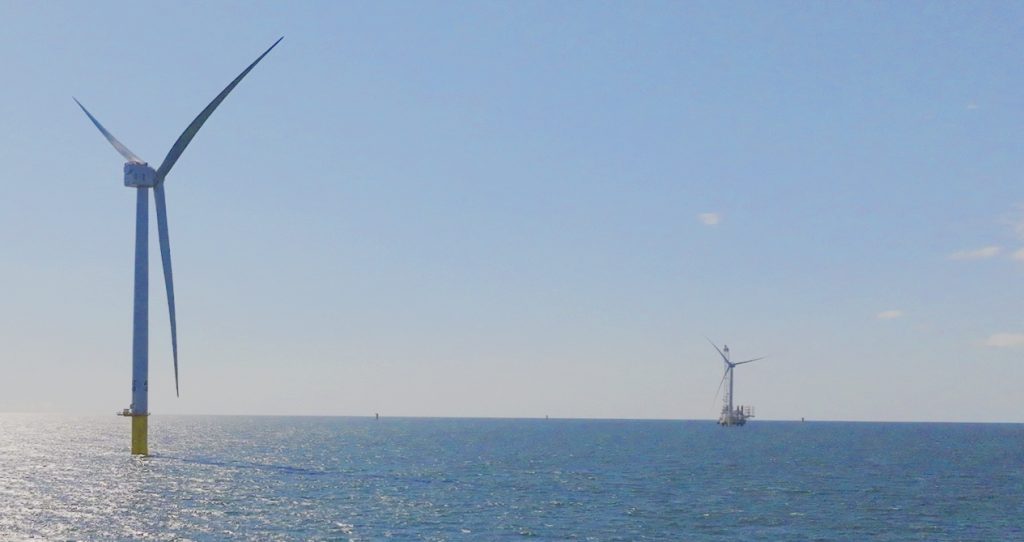Connecticut Gov. Ned Lamont and electricity customers across the state have a potential ally in the fight against rising electricity costs: offshore wind power.
By joining forces with Massachusetts and Rhode Island to support offshore wind energy, Connecticut can help reduce electricity bills and protect electricity customers from the natural gas price spikes that drive the state’s high electricity prices.
The governor is understandably concerned about the increasing burden of electricity costs on residents. Connecticut’s high electricity rates are closely tied to natural gas prices, which tend to fluctuate unpredictably. When the price of natural gas spikes, often in the winter, it leads to sharp electricity bill increases on electricity customer bills in the following months. This year, increased payments to the Millstone nuclear plant to keep it online are further adding to the cost of electricity.
Amidst these rising costs, offshore wind presents an opportunity for relief —not an added burden.
Electricity prices in Connecticut, and throughout New England, are set in an hourly wholesale energy market. In this system, the price of electricity is determined by the most expensive power plants operating at any given hour. In New England, natural gas power plants tend to be the most expensive plants providing electricity, so they generally set the electricity price for that hour. And when the cost of natural gas spikes, the cost of Connecticut’s electricity spikes too.
Offshore wind, on the other hand, offers a much different dynamic. With no fuel costs, offshore wind electricity can be bid into the wholesale electricity market at a price close to zero. This influx of low-cost electricity can lower the market price paid to electricity generators across the board, an effect known as “price suppression.” By lowering the price for all electricity purchased in the wholesale market, this price suppression effect helps reduce electricity bills across New England.
Furthermore, offshore wind tends to produce the most power during the coldest winter months when natural gas prices are at their highest. This makes it a crucial tool for protecting consumers from the severe rate spikes that often occur during winter due to natural gas shortages for both heating and electricity generation.
A June report published by Synapse Energy Economics highlights the potential savings offshore wind could provide. Procuring 9,000 megawatts of offshore wind by 2030 could reduce electricity bills for New England customers by $630 million annually, assuming moderate gas prices. If natural gas prices rise —a growing concern in today’s volatile energy market —regional savings could increase to as much as $1.7 billion annually. For the average Connecticut household, this translates to a decrease in electricity bills of approximately $108 a year at moderate gas prices, and $139 a year at high gas prices.
Some state leaders have raised concerns that the costs of offshore wind contracts exceed the typical wholesale market electricity price. However, this view fundamentally misunderstands the way that New England’s wholesale electricity market works.
While the contract price for offshore wind may be above the wholesale market price, the price suppression effect means offshore wind will ultimately lower customers’ electricity costs. As Synapse’s report shows, offshore wind will make electricity rates and bills go down, not up, because offshore wind has no fuel costs and therefore lowers the wholesale price for all electricity purchased in the market.
For Connecticut, investing in offshore wind means lowering electricity bills, reducing exposure to natural gas price spikes, and creating a more stable energy future. The idea that offshore wind will raise costs is simply not supported by the facts. Instead, offshore wind offers a clear and direct path to reducing electricity bills and ensuring affordable, reliable energy for all.
Melissa Whited is Vice President of Synapse Energy Economics.

